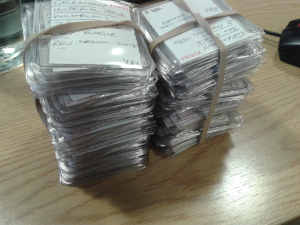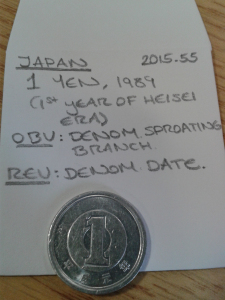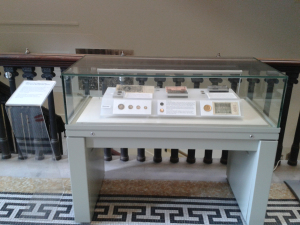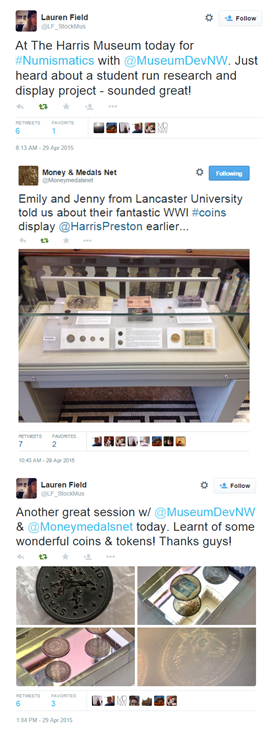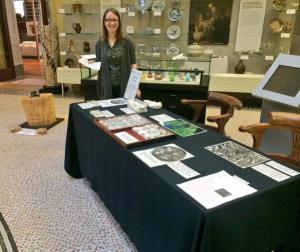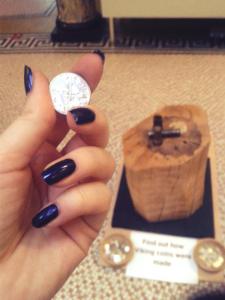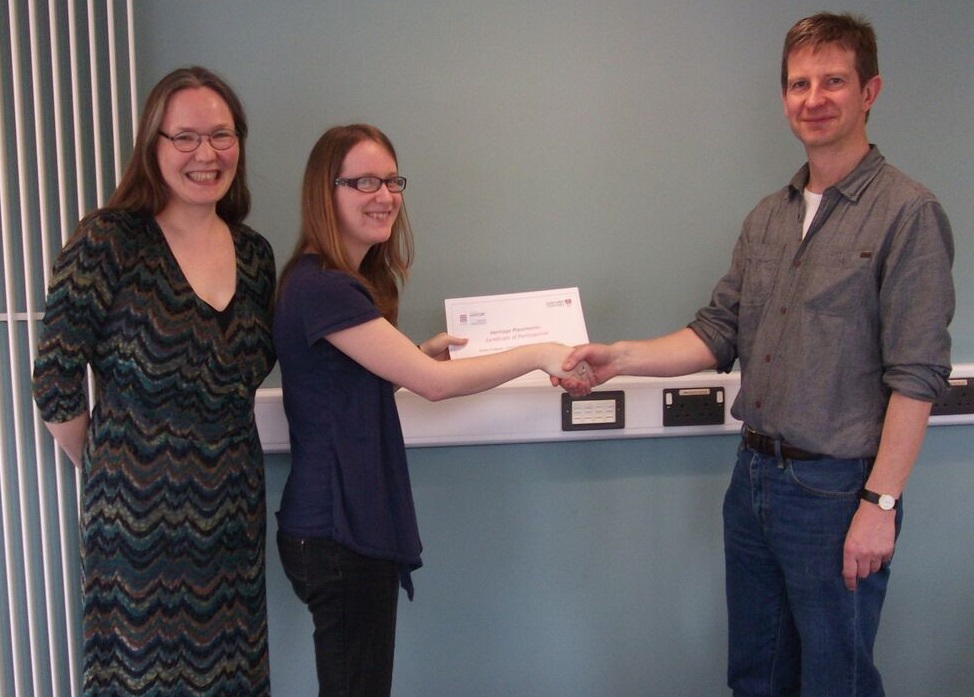To sum up my placement @HarrisPreston
Why did I apply to the Heritage Placement Scheme?
When I was first told about the scheme, it was only open to Second Year students, which was very disappointing! I thought it sounded like an amazing chance to experience working in a museum, but without sacrificing a lot of money and time to it during my busy Third Year. However, thanks to the existence of the Faculty scheme for placements, the pilot project was subsequently opened to all years, and I jumped at the chance to take part.
I adore History, that’s why I first applied to come to Lancaster University to study it, and this scheme was a great opportunity for so many people:
- If you were interested in History, you got to experience a historical site from the staff perspective. It gives you so much more respect for the people who put together displays at museums and in Heritage buildings! Those things are planned out in minute detail!
- If you are considering a job in the Heritage sector, the scheme allows you to see whether you love it – and thus, are even more enthusiastic about getting a job there – or if you hate it – and therefore, you have time to alter your career plans
- If your CV is a little bare and you’re struggling to think up answers to interview questions, placements are brilliant for improving your skills, and giving you specific examples to show that you have those skills. This was certainly true for me. I’ve lost track how many times I’ve used my placement at the Harris when I’ve been filling in job applications.
- For me, I also wanted a break from Third Year. The final year of the degree is all about careers and dissertations and essays. I wanted a break from all that worry. Every Wednesday, I went to Preston and for one whole day, I didn’t worry about everything else I had going on. I loved my work at the Harris and I could just focus on that for a day.
What did I do at the Harris Museum?
I’ll admit, when I first read the description for the placement at the Harris, I was very underwhelmed. Numismatics? Cataloguing coins? It really didn’t sound very thrilling. Initially the main reason I chose the Harris’ placement was because I could get there on public transport, and it encouraged students to blog about their work. I certainly have blogged about my work! I’ve tweeted quite a bit too. However, I also became very enthusiastic about the work as well. I was excited when Matt and I finally puzzled out the date a Japanese yen coin was produced, and when I correctly identified a thirteenth-century Heller coin. It’s got to the point where my family and friends are getting sick of me mentioning the Harris!
Maybe it’s because I was given full ownership over my work. I was given the task of cataloguing the German coins. Every step of that work from repacking, label writing, adding to the museum’s database, was my work. Anyone working at the Harris can now find out exactly what sort of coins are within its German collection, and that is thanks to me.
(361 German coins; 11 German East African coins; and 13 German euros, if you’re interested.)
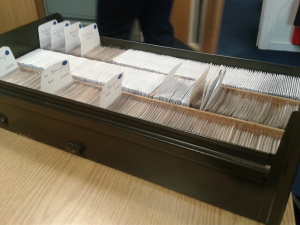 I don’t know why but it was a great feeling to see my progress across the months, until I had a full set of catalogued German coins. Coins aren’t something I’ve ever focused on in class, but seeing my supervisor, Matt Ball’s, enthusiasm, and researching the coins myself, really opened my eyes to their importance. It’s odd to think that there are so many other areas of historic study that I have never considered before.
I don’t know why but it was a great feeling to see my progress across the months, until I had a full set of catalogued German coins. Coins aren’t something I’ve ever focused on in class, but seeing my supervisor, Matt Ball’s, enthusiasm, and researching the coins myself, really opened my eyes to their importance. It’s odd to think that there are so many other areas of historic study that I have never considered before.
There have been a number of concluding meetings with the staff at Lancaster University about this scheme, and I am not alone in loving my placement. You can check out some of the other students’ experiences through the other entries on this blog.
However, I was also very lucky with my placement choice. Matt gave me so many opportunities to make the most of my placement, from creating a display with two other students from Lancaster University, to taking part in a Numismatics Conference, to helping at the Museums at Night festival. These ‘additions’ gave my placement more meaning beyond simply expanding the knowledge of the collection.
What did I gain from this experience?
The first thing I have to mention is that I now have a display installed at the Harris Museum!
That display is there, and people like it!
Oh, it’s just so great. Definitely my favourite thing about my placement.
I’ve also experienced working in an office, working independently and in a team, setting my own targets, and working to a deadline. I now have a concrete example for the majority of the skills that most jobs list as requirements. Plus, I have a fab reference.
However, I think the part of this placement that I’ll remember the most is that I had fun. I loved researching these coins, making my display, and speaking in front of people from across the country (including from the British Museum!).
And I was happy to spend an evening talking to the public about one of the museum’s Viking Hoard collection.
The placement scheme was created to show students what it is like to work in the Heritage sector, and it certainly did. The work is challenging, exciting, and sometimes not what you expected. But if it’s what you want to do, then getting a certificate at the end is the least of its rewards.

